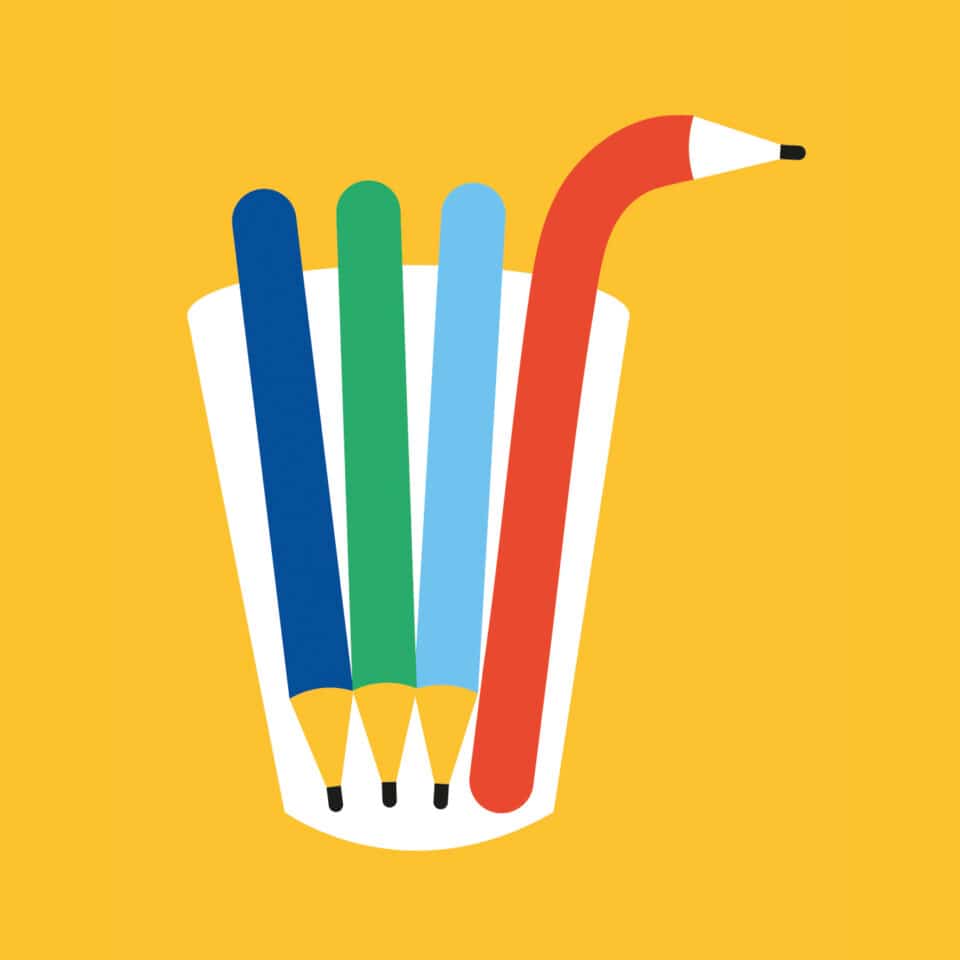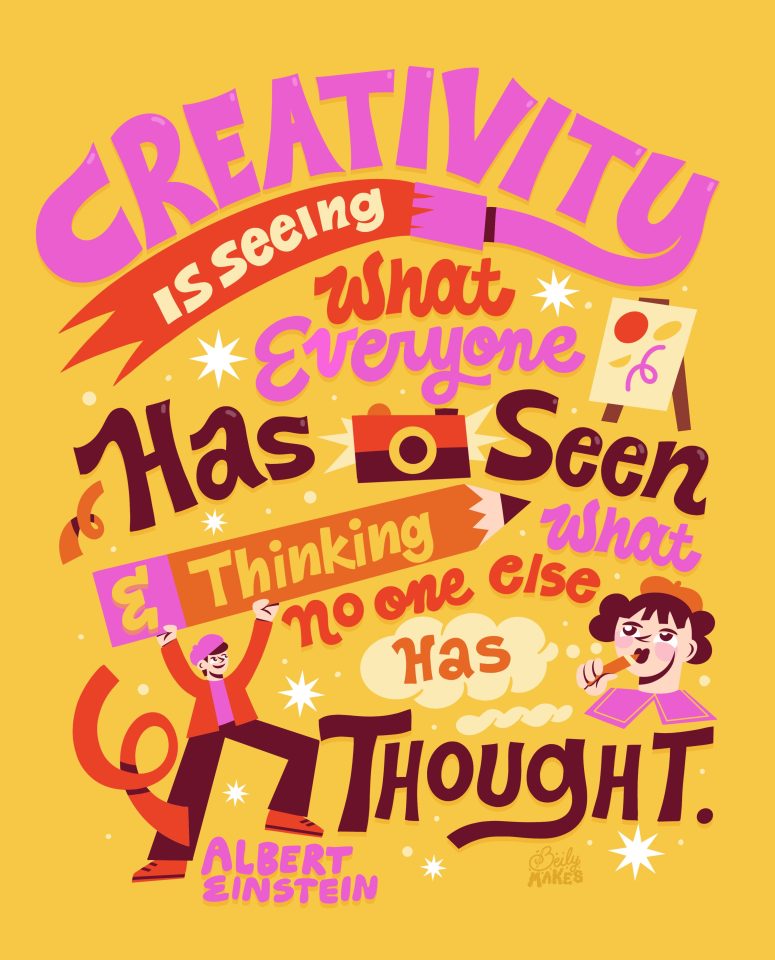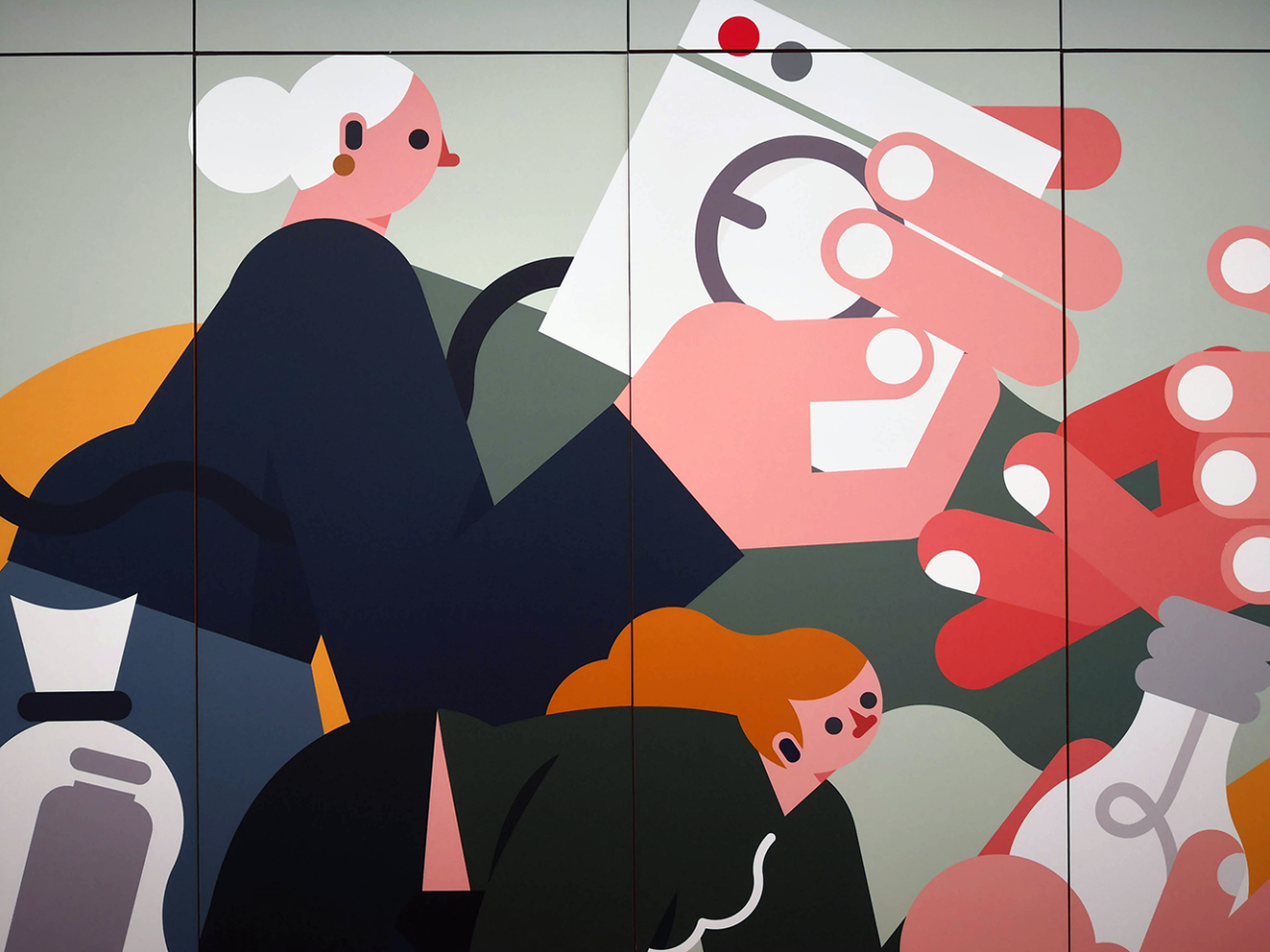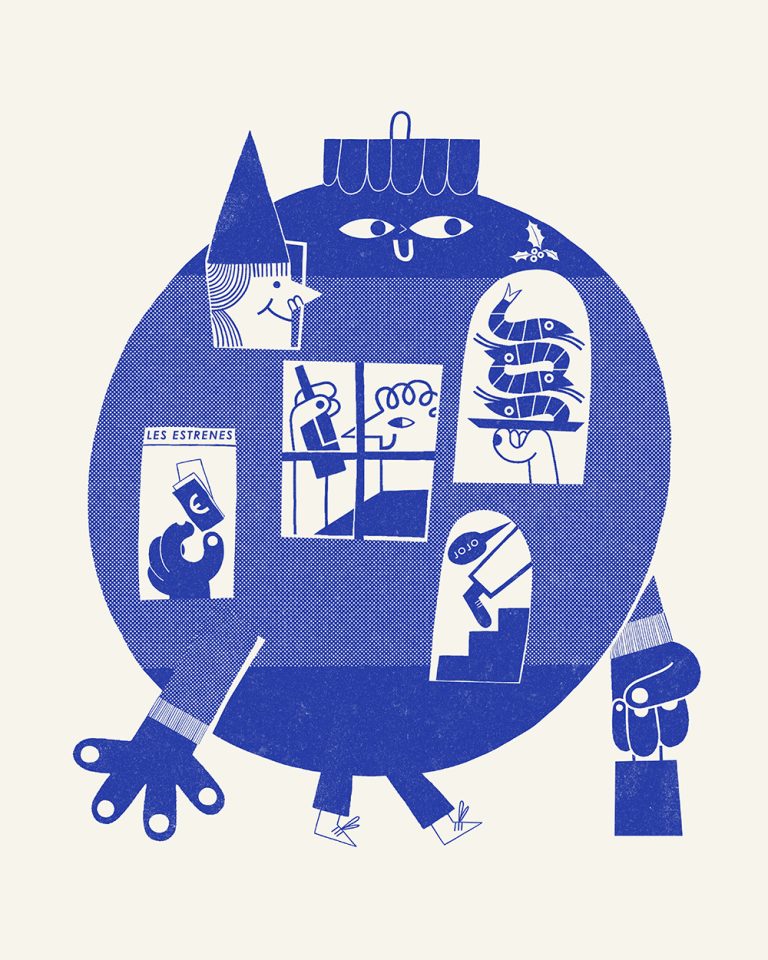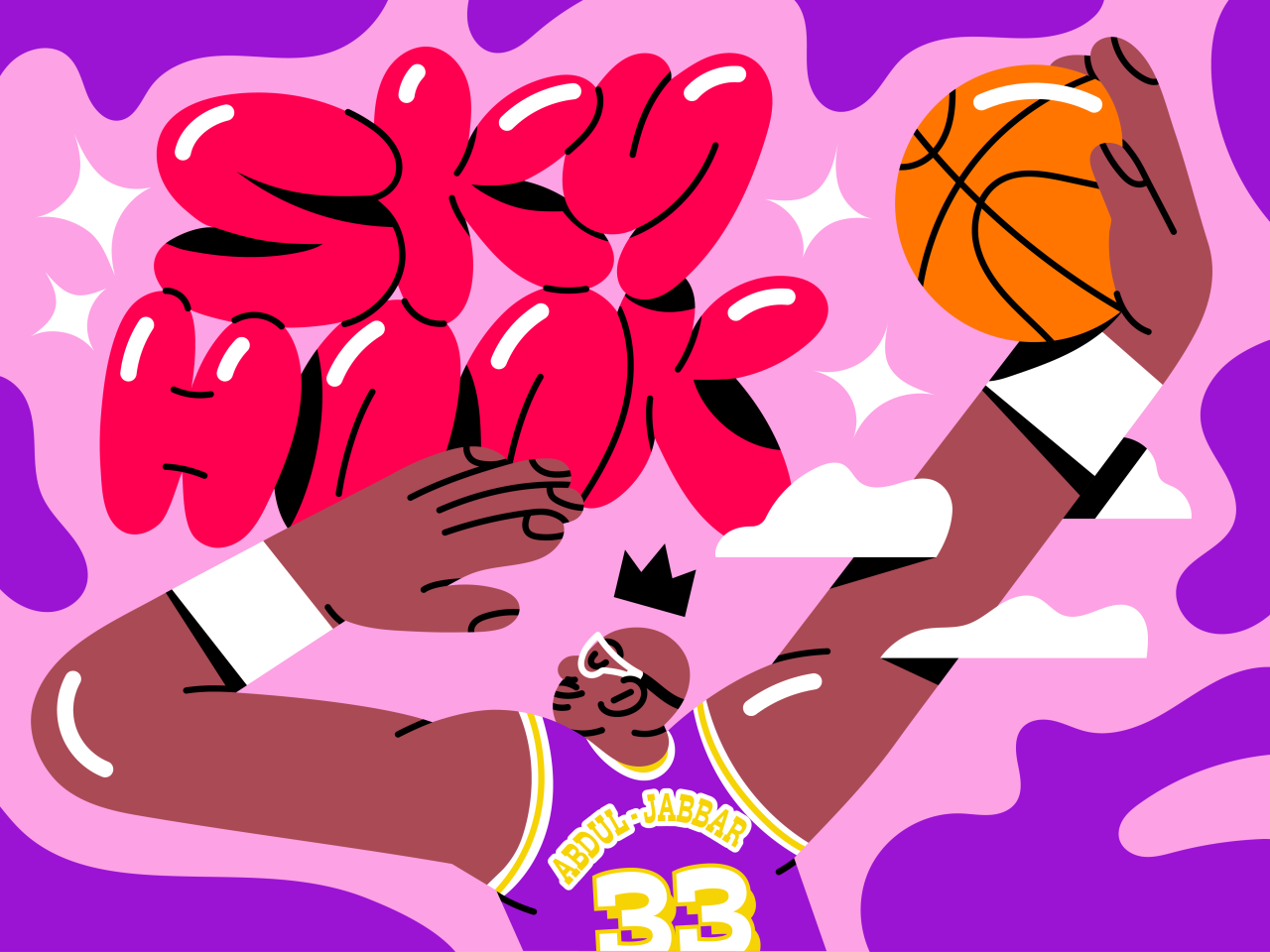Vector illustrators
Vector illustrators
Vector illustration is created using vector art software like Adobe Illustrator–based on mathematic equations and geometrics (points, lines, shapes)–to create art that can be scaled infinitely without losing quality.
Logos, letterhead, and other illustration designed for print, are created in vector- based programs to ensure high-quality production.
File type is a smart way the vector illustrator distinguishes between vector art and raster art. Different from vector art, raster art uses a grid of colored pixels to form an image. When enlarged, raster art loses clarity at its edges and colors aren’t represented accurately. It becomes distorted when enlarged because raster art is constructed using a fixed number of pixels.
The vector illustrator knows that .ai, .eps, .svg., and sometimes .pdf files, are vector-based file extensions. However, the vector illustrator also knows that just because a file is saved in one of these formats, it’s not necessarily vector art. Only art originated in a vector-editing program is true vector art.
If your letterform has editing nodes around it, a mathematical formula was used to create it, and yes, it’s vector-based. Vector graphics are comprised of paths– defined by a starting and ending point–along with other points, curves, and angles. A square, a triangle, or an irregular shape can each be a path.
From postage stamp to billboard, enlarge a vector shape and it will be as sharp as the original. In a vector-based program, when the vector illustrator draws a line, vector points appear that can be dragged, stretched and pulled.
With a wave of the pen tool, by altering the color and thickness of a line, and by resizing, rotating, and transforming of layer upon layer, the vector illustrator begins with simple shapes to create complex and sophisticated drawings.
